How Chief Data Officers in financial institutions put their data strategies into action?
- April 12, 2024
- 6 minutes
Data Management Summit (DMS) London this year invited Chief Data Officers from banks and other financial institutions as well as other sectors to share their journeys in shaping data strategies and putting them in action.
Mandated and empowered to accomplish this task, the Chief Data Officers (CDOs) are leading the way toward an information-centric enterprise that is fully connected, operationally efficient, and capable of delivering high-quality data to serve the organization’s business objectives, data management strategy, and practices.
To effectively fulfill these goals, CDOs are guided by specific use cases. The use cases may range from scaling data management projects like improving data architectures, data governance, data quality and efficiency for regulatory compliance through change management to transforming the available data into useful data products offered by CDOs to the organisation’s teams and departments.
More and more, a financial institution’s capacity to meet regulatory requirements relies on the quality of its data and the efficiency and ease with which it can be accessed, interpreted, analyzed, and utilized.
Data products, metadata management and data-ownership rather than system-ownership?
Data products are combinations of data and analytics/AI to achieve a specified result for a customer or employee. Adopting an analytics-based data products which cover everything from idea conception to deployment and ongoing upkeep, is key for value creation. This approach ensures that the entire data product team, including data scientists and engineers, collaborates on deploying complete, business-critical applications.
Interestingly, the data products are no longer understood narrowly as specific datasets or analytical dashboards but more comprehensively, looking at the business needs of the entire organisation ranging from data quality, interoperability, more efficient change management, sourcing and sharing of data.
Specific projects like data mesh or scraping unstructured data into more structured models were mentioned by CDOs sharing their experience in a panel. For the projects and initiatives that put data strategies into action, it was highlighted that a data-focused not system-focused mindset needs to be promoted, as the systems should no longer be designed and managed in isolation and modernisation plans should not be driven by the specific system, but rather by the data needs that are often not sitting in and not fulfilled in one department (system owner).
Therefore, the focus on data ownership should replace the current focus on system-ownership. With such projects and such focus in mind, standardised, shared metadata is a prerequisite.
Metadata management involves capturing and managing descriptive information about data assets. It includes metadata creation, documentation, and maintenance, allowing stakeholders to understand the context, structure, and meaning of data elements. Effective metadata management supports data comprehension, data integration, and data sharing.
Metadata: Help users make sense of the data
Metadata management, including shared data definitions, domain specific data dictionaries and data models that are easily extendable but based on common semantics, has become crucial when more advanced data services and products are planned or explored. In particular, when AI applications and API-based interoperability are to be relied on. The more automation and data intelligence is desired and planned according to the data strategies, the more pressing the need to look critically at the metadata foundation.
Information strategy and architecture, data governance and stewardship, business semantics, taxonomies/glossaries/business dictionaries, business metadata management, information rationalization—these and other mission critical change initiatives can be hard to comprehend and even harder to operationalize in many organizations.
CDOs remain focused on enabling comprehensive governance by bringing all data-related activity activity under one umbrella and putting in place operational controls such as data governance and data stewardship, operational data quality management, master data management, and metadata
management. This in turn enhances regulatory compliance by boosting data quality, ensuring consistency and traceability in data practices, and reducing internal monitoring and audit expenses.
In pursuit of these goals, CDOs and their teams will not only function as strategists and implementers but also take on roles of educators and mentors. This transformation is undoubtedly challenging yet indispensable, and they will play a pivotal role in guiding others through it.
For instance, when it comes to data lakes, in order to fully leverage the value of data, users require a metadata “map” to locate, interpret, and establish connections among the raw data stored within. This metadata layer adds context to the data flowing into the data lake, facilitating easier utilization through tagging.
Unfortunately, raw data often lacks sufficient metadata, leaving users without the necessary context to effectively utilize it. CDOs can address this issue by championing metadata management. In this role, CDOs ensure that the metadata within the data lakes they oversee is comprehensively understood and documented, and they educate relevant business users on its utilization.
From the perspective of financial regulatory authorities, effective metadata management supports consistent interpretation and accurate reporting across financial institutions by consistently documenting the metadata associated with regulatory reporting data, including data definitions, business rules, and reporting requirements. Read also how Central Bank, a member of the European System of Central Banks (ESCB), automates and optimizes supervisory data management with the our metadata tool.
How we support advanced regulatory data management?
A business-focused enterprise metadata repository consolidates critical knowledge assets dispersed across the organization, including information on business processes, glossaries, technology models, data warehouses, reports, and similar corporate information assets. This repository ensures end-to-end traceability of business information, which differs from technical traceability which, for instance, focuses on how current data has made its way from its original state to its current form.
Equipped with the advanced metadata management tool, the CDO together with data management teams efficiently harvests, manages, and coordinates business and IT data for various enterprise mandates and purposes in areas such as risk and compliance, finance, product development and customer acquisition and management.
At BR-AG we will be further supporting data officers’ drive towards more advanced data management, ensuring data quality and interoperability. Our primary focus is now on regulatory data management for alignment with changing regulatory requirements, more automated and efficient reporting processes and added values that regulatory data available at financial institutions may present for analysts.
Therefore, with the data officers and data management experts we discussed among others the use of regulatory data models within their organisations, including the benefits of metadata approaches adopted by regulators such as the Data Point Model (DPM) methodology, which is used among others for regulatory data models by the Bank of England, the European Banking Authority (EBA CRD IV (COREP/FINREP)) and central banks in the EU.
Reach out to us to learn more about the metadata management approaches and solutions to unlock the value of data for business and compliance.
Examples of metadata management capabilities assisting specifically in regulatory change management – is a comparison tool for metadata including an interface as well as output demonstrating the magnitude of changes between the previous and updated version of data models and enabling to easily navigate the changes, helping in impact assessment.
Amidst evolving regulatory requirements landscape, regularly updated data models and taxonomies within the organization serve as essential aids.
The data modelling & comparison tool as our ATOME Matter, serves as a valuable asset or data product, playing a pivotal role in harnessing their utility to the maximum. BR-AG has helped financial services enterprises make the most of the data by bringing in a variety of models and projects on a single, collaborative platform. Connect with us to learn more and see ATOME in action:


